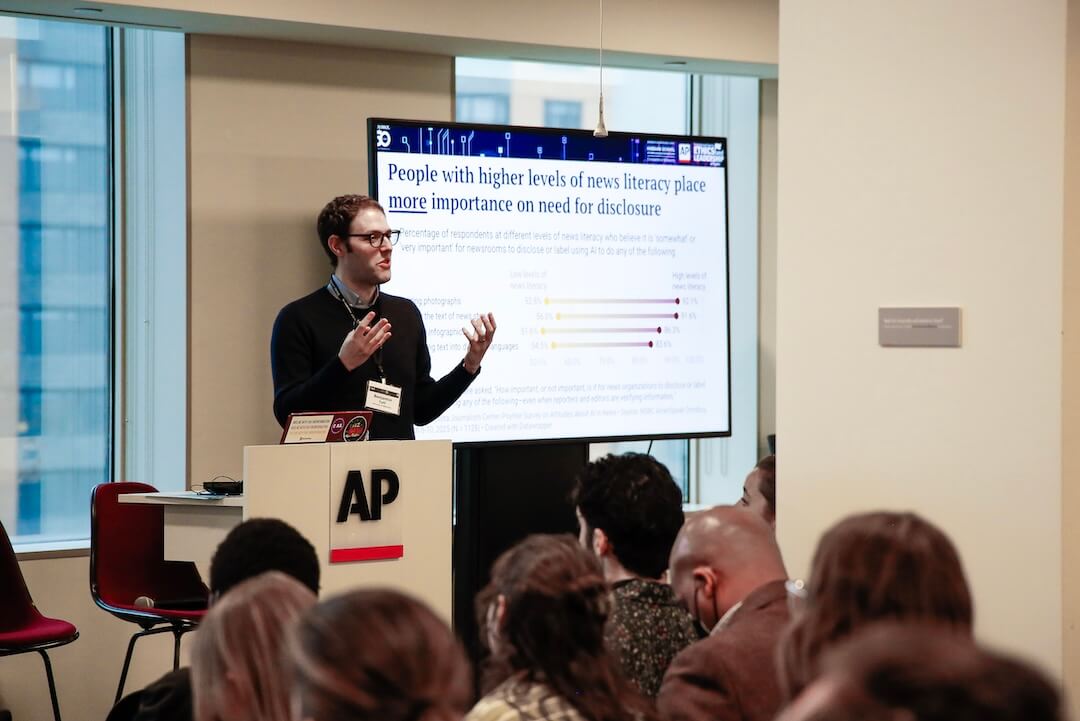Every other month or so a story about a child bullied until he or she commits suicide rises into our national consciousness.
This month it’s Rebecca Sedwick from Lakeland, Fla.
Before that it was Gabrielle Molina of Queens. And before that it Asher Brown.
All suicides are tragic and complicated. And teen suicides are particularly devastating because as adults we recognize all that lost potential.
Yet, in perpetuating these stories, which are often little more than emotional linkbait, journalists are complicit in a gross oversimplification of a complicated phenomenon. In short, we’re getting the facts wrong.
The common narrative goes like this: Mean kids, usually the most popular and powerful, single out and relentlessly bully a socially weaker classmate in a systemic and calculated way, which then drives the victim into a darkness where he or she sees no alternative other than committing suicide.
And yet experts – those who study suicide, teen behavior and the dynamics of cyber interactions of teens – all say that the facts are rarely that simple. And by repeating this inaccurate story over and over, journalists are harming the public’s ability to understand the dynamics of both bullying and suicide.
People commit suicide because of mental illness. It is a treatable problem and preventable outcome. Bullying is defined as an ongoing pattern of intimidation by a child or teenager over others who have less power.
Yet when journalists (and law enforcement, talking heads and politicians) imply that teenage suicides are directly caused by bullying, we reinforce a false narrative that has no scientific support. In doing so, we miss opportunities to educate the public about the things we could be doing to reduce both bullying and suicide.
There is no scientific evidence that bullying causes suicide. None at all. Lots of teenagers get bullied (between 1 in 4 and 1 in 3 teenagers report being bullied in real life, fewer report being bullied online). Very few commit suicide. Among the people who commit suicide, researchers have no good data on how many of them have been bullied.
It is journalistically irresponsible to claim that bullying leads to suicide. Even in specific cases where a teenager or child was bullied and subsequently commits suicide, it’s not accurate to imply the bullying was the direct and sole cause behind the suicide.
Reporters are often reacting to other misinformed authorities. For example, Polk County Sheriff Grady Judd explained to reporters that he arrested two girls (one 12, the other 14) in Sedwick’s death, after seeing a callous social media post from one of the girls, “We can’t leave her out there, who else is she going to torment? Who else is she going to harass? Who is the next person she verbally and mentally abuses and attacks?” While it’s a great quote, it implies that this girl has the ability, through random meanness, to inspire others to commit suicide.
“Everything we know about unsafe reporting is being done here – describing the method(s), the simplistic explanation (bullying = suicide), the narrative that bullies are the villains and the girl that died, the victim,” Wylie Tene, the public relations manager for the American Foundation for Suicide Prevention, wrote in an email to me. “She (the victim) is almost portrayed as a hero. Her smiling pictures are now juxtaposed with the two girls’ mug shots. Her parents are portrayed as doing everything right, and the other girls parents did everything wrong and are part of the problem. This may be all true, and it also may be more complicated.”
Sheriff Judd has a record of grandstanding for the media. Yet, journalists are running with his narrative, despite the fact that experts on bullying and on suicide are suggesting that there has to be more to the story.
What’s a journalist to do? Challenge the sheriff. Add more information to place his quotes in the appropriate context.
“Clearly allowing police to make statements about whether a bullying incident was the cause of the suicide is contrary to suicide reporting recommendations. He has no training to make this judgment,” said Dan Romer, director of the Adolescent Communication Institute at the Annenberg Public Policy Center at the University of Pennsylvania. “It would have been good if those quotes had been put into context if they felt the need to include them. At this point, the stories are a lot of hearsay. So, it’s a shame that the girls are being identified. But this sheriff is clearly on the warpath about this and he can get all the media attention he wants.”
Remember the story of Phoebe Prince, a young Irish immigrant attending South Hadley High School near Boston? After she committed suicide in 2009, several of her classmates were charged with a variety of crimes. Slate writer Emily Bazelon went back and documented exactly what happened to Prince in the months leading up to her death.
Bazelon described how several of the students were active or complicit in acts of meanness, including veiled references to Prince on Facebook and yelling at Prince from a car. But those acts hardly amounted to the relentless campaign that authorities described when they announced the investigation and charges. Instead, Bazelon’s story reveals a girl who was already experiencing mental illness when she arrived at South Hadley and stepped into an intricate and nuanced social reality that includes bad behavior as well as acts of compassion, sometimes by the same kids.
Bazelon has offered a cautionary approach to Sedwig’s story as well.
When faced with a story about bullying, especially one that involves teenage suicide, reporters can find resources designed to encourage reporting that informs and educates the public. StopBullying.gov recently published media guidelines designed to help journalists include research and resources in their stories that will add important context and avoid common pitfalls. (In 2012, I facilitated several meetings with a group of researchers and experts who advised the government on the creation of these guidelines.)
There are also helpful resources for journalists covering suicide.
While there are myriad mistakes that journalists make on these two issues, here are some of the most common ones:
- Perpetuating falsehoods through hyperbole or by confusing anecdotes with facts, such as stating that cyber-bullying is on the rise or is an epidemic.
- Implying that suicide is caused by a single factor, like a romantic breakup, a bad test score or being bullied.
- Suggesting, or allowing others to suggest, that bullying is criminal behavior.
- Allowing sources to reach beyond their anecdotal experience. Parents, teachers and school administrators are rarely qualified to describe research or trends.
- Equating all teenage aggression as bullying, when in fact there is a specific definition that involves sustained behavior and a power imbalance.
- Describing an act of suicide in vivid detail so that it creates a contagion effect among vulnerable populations.
- Glorifying a suicide victim in saintly or heroic terms, which could also contribute to the spread of suicides.
- Forgetting to link to local and national resources about suicide and bullying, including warning signs and strategies for intervention.
One reason these stories gain such traction is they are easy to sensationalize and they tap into a common narrative that children today are spinning out of control as a result of technology and popular culture. “It’s every parent’s worst nightmare,” the news stories and opinion pieces tell us.
By contrast, this Christian Science Monitor story seeks out experts and arms readers with research, facts and resources.
Reporters looking for more motivation to steer clear of the popular, yet erroneous narrative need only look at the way this story echoes through history. Whether it’s the proliferation of cars, rock n’ roll music on the radio, video games, cell phones, or social media, we find ways to demonize technology’s impact on the young people who embrace it with such enthusiasm. Over time, we look back and marvel at our own hysteria.
Bullying and suicide are serious problems. Journalists owe the public more than they are delivering. We owe the public the science and research. We owe the public the knowable facts. We owe the public the nuanced context of individual cases.
Anything less contributes to a misinformed society, which robs communities of the ability to bring about meaningful change.
“The New Ethics of Journalism: Principles for the 21st Century” is now available. The book is a compilation of essays and case studies edited by Kelly McBride and Tom Rosenstiel, with a foreword by Bob Steele, for use in newsrooms, classrooms and other settings dedicated to a marketplace of ideas that serves democracy. You can find more information about the book here.
Correction: An earlier version of this story contained an error in the name of the American Foundation for Suicide Prevention.








Comments